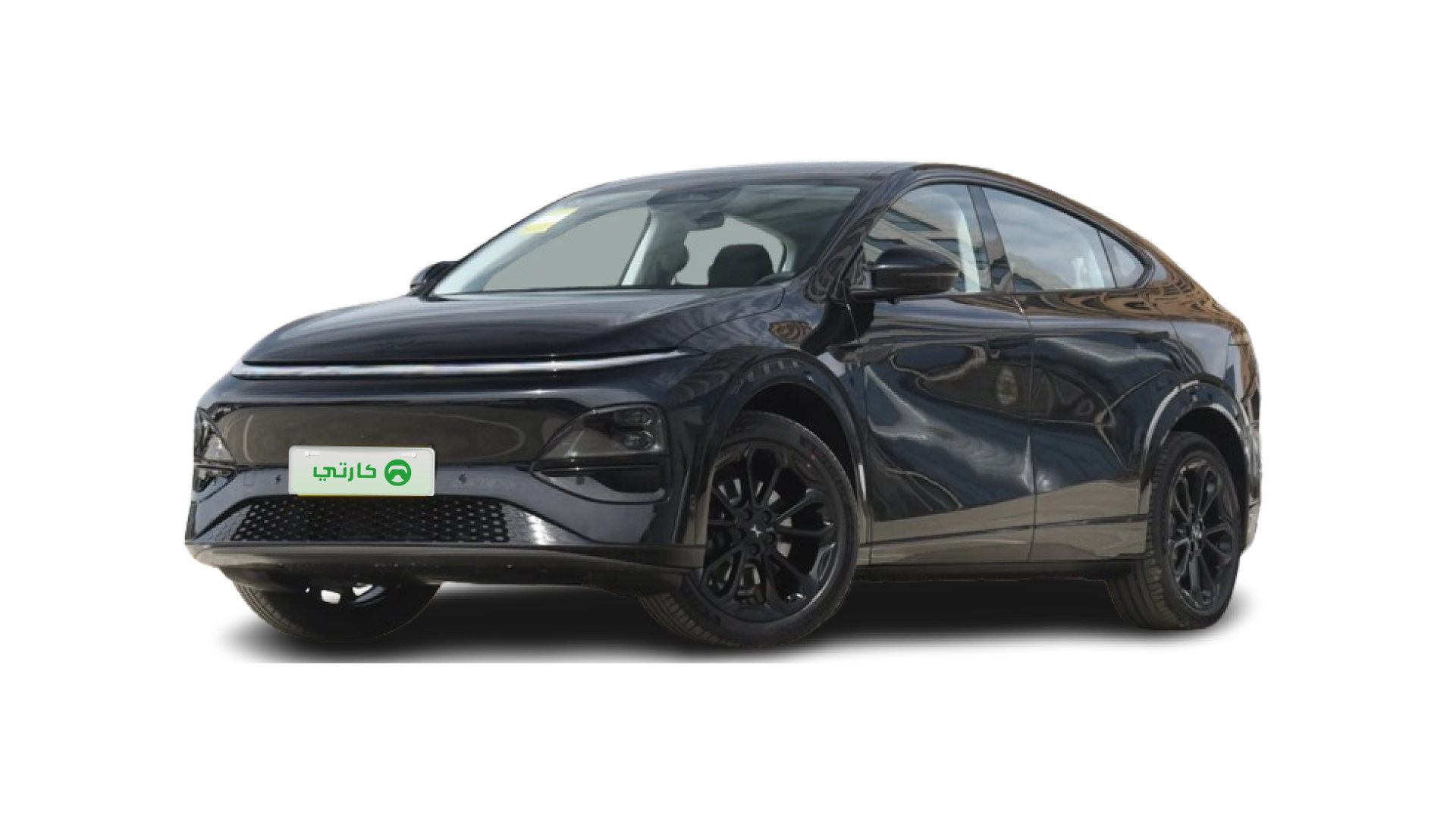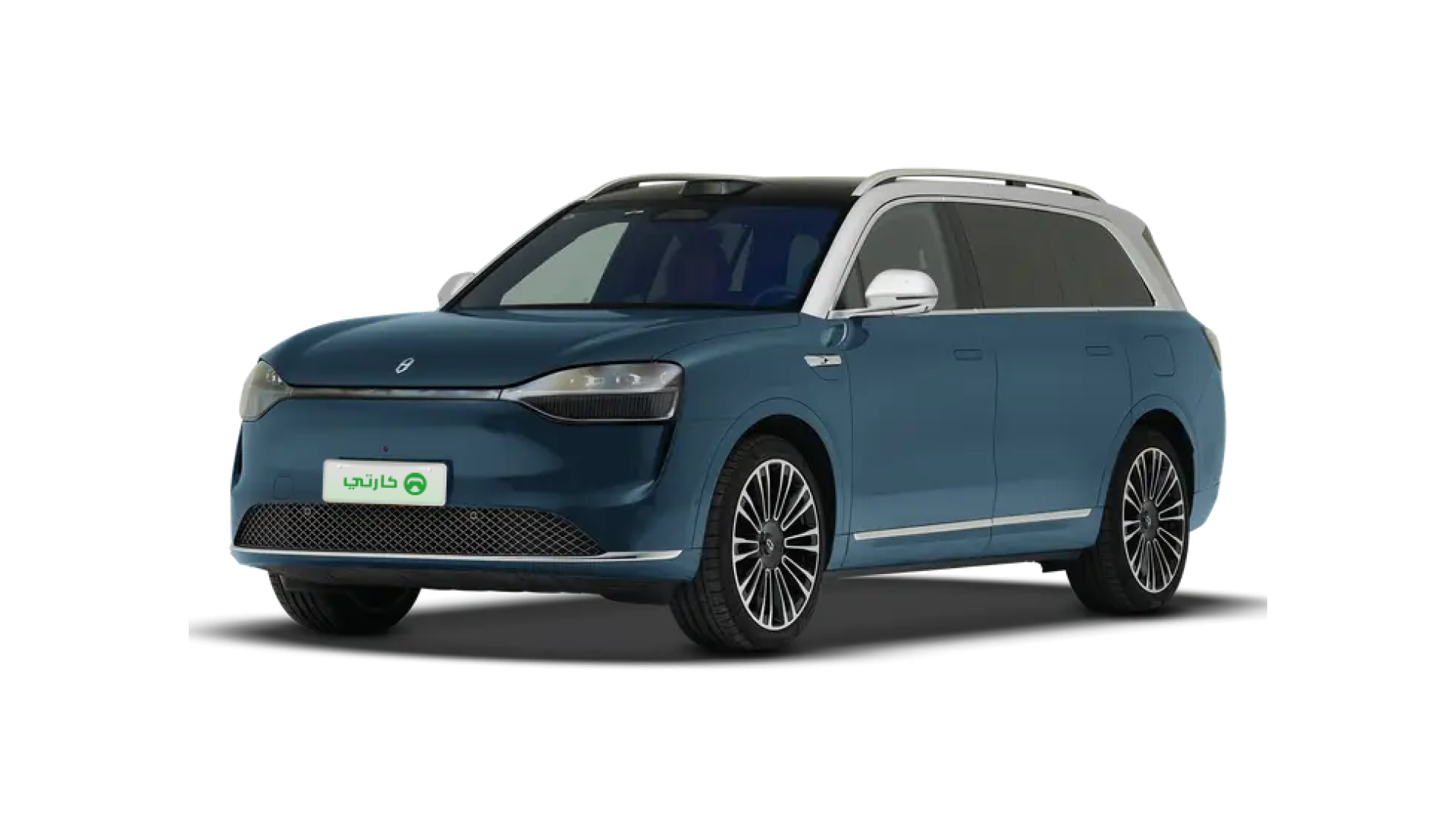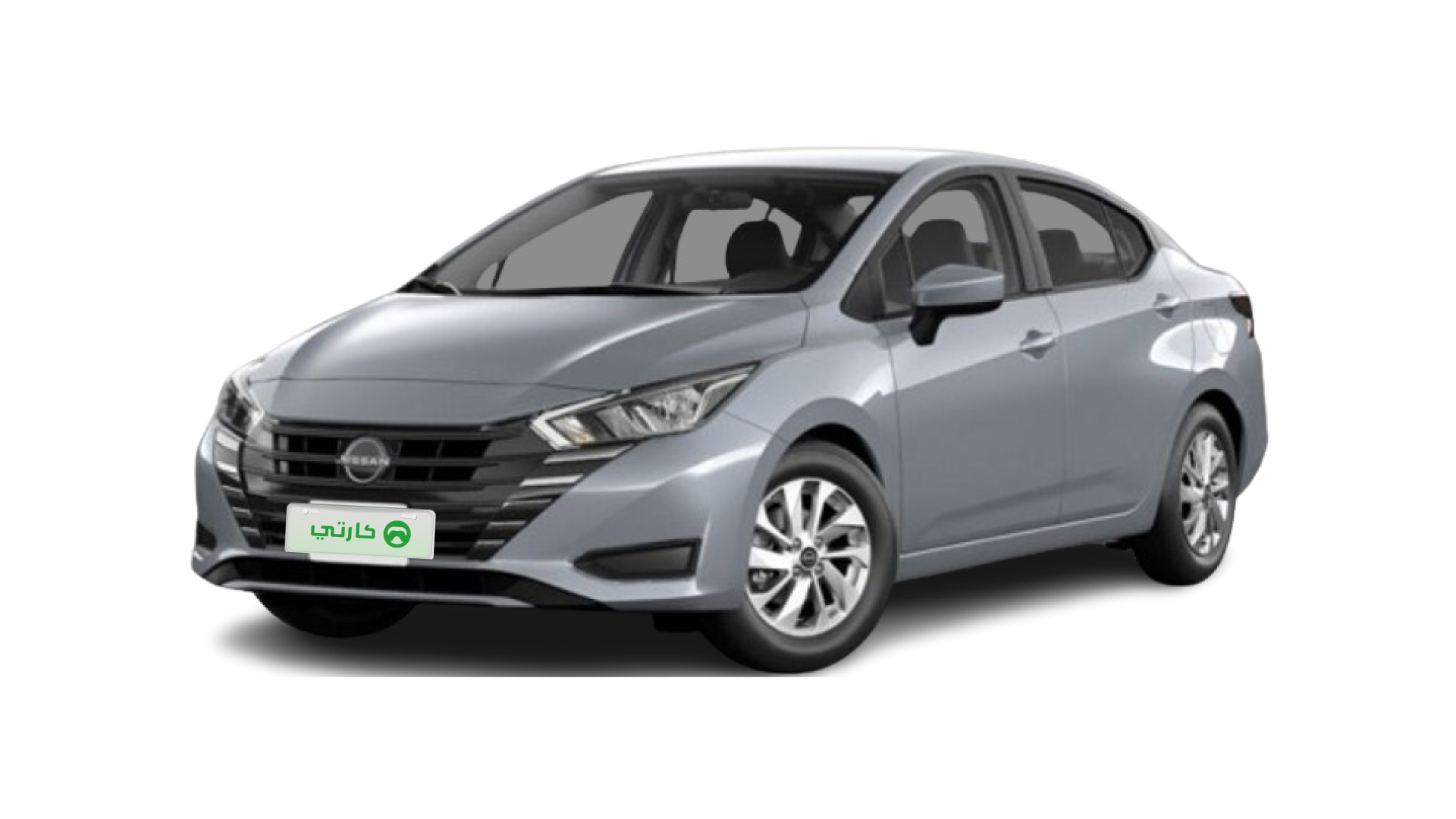Are you curious about the tesla model 3 battery size and its impact on your driving experience? This guide is crafted with you in mind, offering clear insights into battery options, real-world range, and smart charging habits. Get ready to dive in and discover the practical details that ensure you make an informed decision!
How to Choose the Best Tesla Model 3 Battery for Your Needs
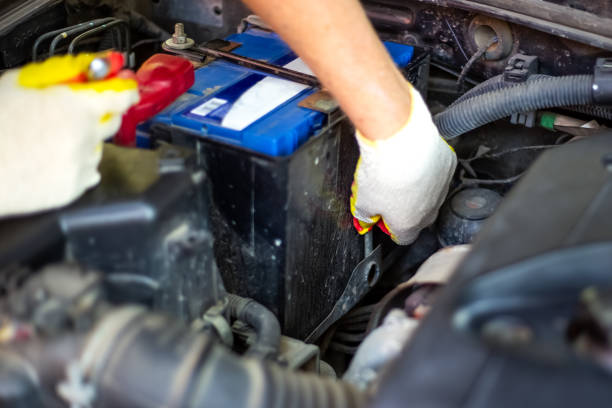
Understanding the 2025 Battery Options
The Tesla Model 3 in 2025 is available with two distinct battery configurations that cater to your driving style. The Standard Range Plus comes equipped with a 60 kWh lithium-ion battery, delivering about 263 miles (423 km) on a full charge—perfect for everyday driving. In contrast, the Long Range option features an 82 kWh battery, providing up to 358 miles (576 km) of driving range which is ideal if you frequently embark on longer journeys. As you consider which option best suits you, think about your daily commute, long-distance trips, and how often you recharge at home or using a charging station.
Real-World Range vs. Official Estimates
Even though the official range numbers provide a solid guideline, your daily experience might differ. Various factors can influence the effective range of your battery. For instance, operating the air conditioning in the intense heat common during UAE summers might lower your range by about 10-15%. Persistently driving at speeds exceeding 65 mph (104 km/h) or engaging in rapid acceleration can also reduce efficiency. In short, by adjusting your driving habits and being aware of environmental conditions, you can better manage your battery’s performance.
Charging Time Comparison
Understanding your charging options is crucial for a hassle-free experience. Below is a quick comparison of the two main charging sources:
Charger Type | Standard Range Plus | Long Range |
|---|---|---|
Supercharger V4 | 15-80% in approximately 18 minutes | 15-80% in approximately 25 minutes |
Home Wall Connector | Full charge in about 7 hours | Full charge in about 10 hours |
Different charger types provide varying levels of convenience. Consider how often you rely on fast charging versus home charging when planning your daily routines.
Maintaining Your Tesla Battery for Long-Term Performance
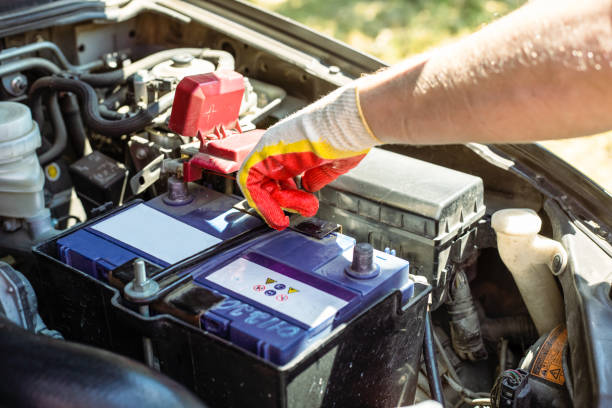
Battery Degradation Facts
It’s important to realize that all lithium-ion batteries undergo a natural degradation process. For the Tesla Model 3 2025 models, you can expect an average capacity loss of roughly 2-3% per year under normal usage. Enhanced thermal management helps mitigate this effect, allowing the battery to stay healthier for longer periods. Additionally, an 8-year or 120,000-mile warranty gives you extra peace of mind by covering potential defects. With proper care, you can delay degradation and extend your vehicle’s effective range.
Charging Best Practices
Adopting a few simple charging habits can substantially prolong your battery’s life. You should aim to keep your charge levels between 20% and 80% during daily use to maintain optimum performance. Using scheduled charging to avoid peak heat hours can also reduce battery stress. It’s wise to limit frequent use of superchargers; relying on them only 2-3 times per week helps keep the battery in better condition. By following these practices, you ensure your car effectively meets your long-term driving needs while preserving its health.
Future-Proofing Your EV Experience

Software Updates Impact
Tesla has always been known for its over-the-air software updates, and the 2025 Model 3 is no exception. Recent updates have brought improvements that can boost your vehicle’s overall efficiency—up to a 5% increase in range thanks to refined motor efficiency. Smart preconditioning adjusts the battery temperature automatically, and enhanced regenerative braking helps recuperate energy while driving. These updates not only optimize battery performance but also ensure that your car remains current with the latest technology.
Charging Infrastructure Growth
As more drivers embrace EV technology, the charging infrastructure continues to improve. For instance, over 45 new Supercharger stations have been added in the UAE since 2023. These stations are designed to offer efficient service with decreased wait times—averaging around 8 minutes now rather than 22 minutes. Many stations now integrate solar charging, ensuring a greener approach to energy. Such advancements make maintaining your EV’s charge more convenient and reliable.
Resale Value Considerations
Looking ahead, battery performance can significantly affect the resale value of your Model 3. The advancements in the 2025 model tend to boost its residual value, with figures suggesting around 15% higher value compared to older models like the 2022 variants. Buyers now expect detailed battery health reports as part of the vehicle history. With transferable warranty protections, you can be confident that your investment retains value over time.
FAQ
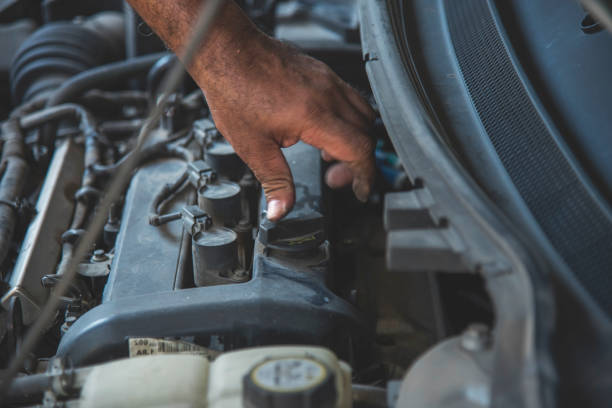
What factors affect the tesla model 3 battery performance in hot climates?
Hot climates can play a big role in battery performance, particularly when high temperatures force the battery management system to work harder. You might notice that prolonged exposure to heat slightly reduces your effective range as the system compensates by cooling the battery. This is especially relevant in regions where temperatures can soar, often leading to a usage drop of about 10-15%. It’s beneficial to plan charging times during cooler parts of the day, and using a scheduled charging feature might be your best ally. Additionally, keeping an eye on your climate control settings can help in achieving a balanced battery performance.
How does battery degradation impact the long-term range of the Tesla Model 3?
Battery degradation is a gradual process where the capacity diminishes over time, which naturally shortens the driving range. With the Model 3, you might experience a loss of about 2-3% of battery capacity each year. This drop may not be immediately noticeable in day-to-day driving but can accumulate in the long run. Maintaining best charging practices, like avoiding frequent full charges or supercharging, can help slow this process. Remember, proper maintenance not only safeguards your range but also helps retain the vehicle’s resale value in the future.
Can software updates really enhance battery efficiency?
Yes, software updates play a significant role in optimizing battery performance. These updates can improve motor efficiency, refine energy recovery features, and introduce smart preconditioning methods—all of which contribute to a more efficient battery usage. With periodic updates, your vehicle might see an incremental boost in range without needing any hardware modifications. Users often notice a smoother driving experience and improved regenerative braking after these updates. This continuous improvement process ensures that your Tesla Model 3 stays competitive and tech-forward throughout its lifespan.
How can I balance between supercharging and regular home charging to take care of my battery?
Balancing the use of supercharging and home charging is key to preserving your battery’s health. Frequent supercharging can lead to quicker degradation, so it is wise to rely on home chargers for your daily needs. Aim to use superchargers only when necessary, ideally not more than 2-3 times a week. Home charging is gentler on the battery and can be scheduled at cooler times to reduce strain. With a responsible charging routine, you can enjoy consistent performance and extend the overall life of your battery.
This article is for reference only; please refer to local laws and regulations for the most updated information.
Read More:
2025 Corolla Cross Mileage:Smart Tips
2025 Toyota Corolla Tyre Prices in UAE
2025 Toyota Corolla vs Camry:The Ultimate Family Sedan Buying Guide

Abdul Rahman is an avid car enthusiast with over a decade of self-driving travel experience. He loves hitting the road in various vehicles, exploring different landscapes. Besides, he enjoys sharing practical knowledge about car usage, helping fellow drivers solve problems and make the most of their rides.

